#bay of naples
Text

Vesuvius in Eruption, with a View over the Islands of the Bay of Naples, Joseph Wright of Derby, ca. 1776
#art#art history#Joseph Wright of Derby#landscape#landscape painting#landscape art#volcano#volcanic eruption#Mount Vesuvius#Bay of Naples#Italy#Italianate#British art#English art#18th century art#oil on canvas#Tate Britain
330 notes
·
View notes
Text

Sunset in the Bay of Naples by Eduard Agricola
#eduard agricola#art#bay of naples#sunset#sea#mediterranean#italy#southern italy#europe#european#vesuvius#mount vesuvius#volcano#volcanoes#boat#boats
163 notes
·
View notes
Text
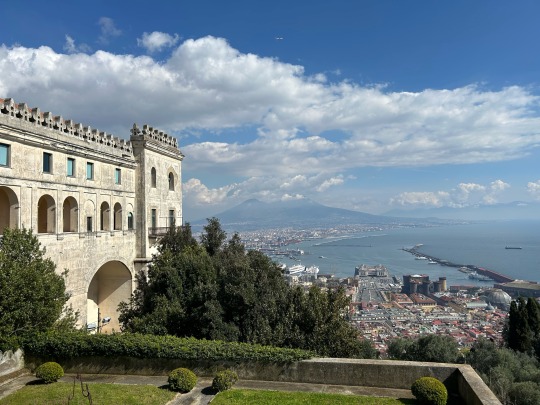
View of the Bay of Naples and Vesuvius.
March 14, 2024
#naples#vesuvius#Napoli#travel#Italy#Italia#cityscape#original photography#photographers on tumblr#photography#lensblr#urban exploration#urban landscape#bay of Naples#wanderingjana
119 notes
·
View notes
Text
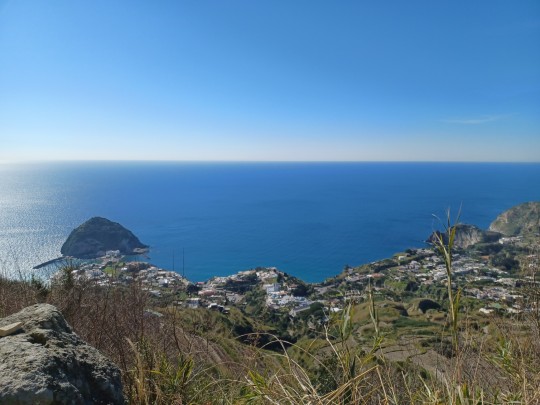
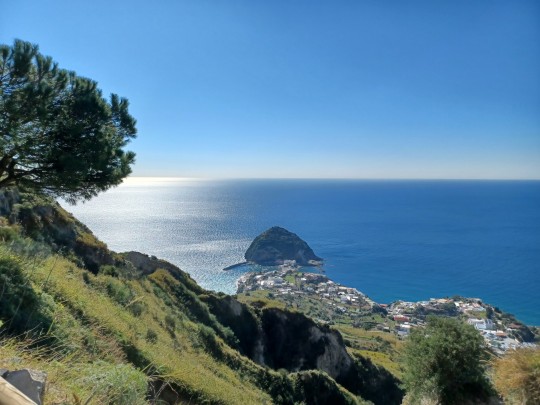
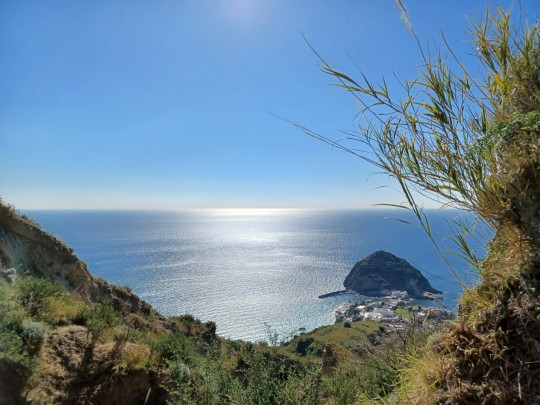


💙 Serrara Fontana, Ischia, Napoli.
#Serrara Fontana#ischia#napoli#naples#campania#ischia island#seascape#seaside#sea#blue#art#landscape#nature#southern italy#italy#bay of naples
128 notes
·
View notes
Photo

The Bay of Naples on a misty morning, by Ivan Aivazovsky, 1874
168 notes
·
View notes
Text
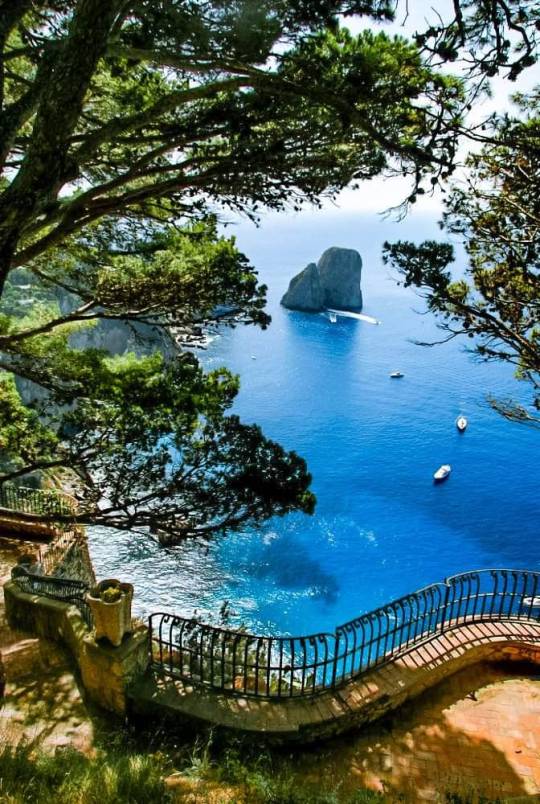
CAPRI
#capri#capri island#isla de capri#isla capri#isola di capri#bay of naples#bahia de napoles#baia di napoli#italy#italia#europe#europa
198 notes
·
View notes
Text
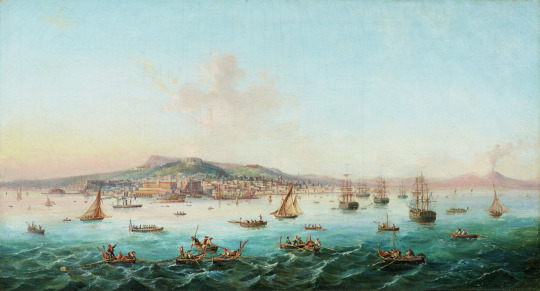
Unknown Artist
View of the Bay of Naples, ca.1850-80
Birmingham Museum of Art
#bay of naples#italy#southern europe#europa#art#fine art#european art#classical art#europe#european#oil painting#fine arts#mediterranean#italian peninsula#italian#landscape painting#landscape#painting#sea#ocean#boats
45 notes
·
View notes
Photo

At the Bay of Naples, Italy. Photo by Paul Wolff and Alfred Tritschler. 1930.
#1930#photography#naples#bay of naples#italy#paul wolff#alfred tritschler#black and white photography#summer#naples summer#30s summer#30s summer fashion#30s fashion#30s summer hat#summer hat#big hat#hats#holliday#summer holliday
52 notes
·
View notes
Text

..
#sunset#blue hour#mountain#italy#napoli#original photographers#italia#italien#evening#bay#harbor#original photography#boat#volcano#vesuvius#campania#kampanien#naples#neapel#bay of naples#golfo di napoli#harbour#cloudy#clouds#vesuvio#vesuv
6 notes
·
View notes
Text
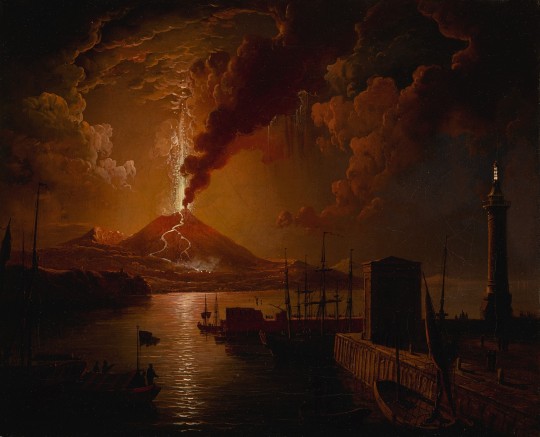
The Bay of Naples, 1823, Sebastian Pether
#oil painting#painting#paint#art#artist#landscape#bay of naples#volcano#eruption#night#dark aesthetic#detail#aesthetic#classic
5 notes
·
View notes
Photo
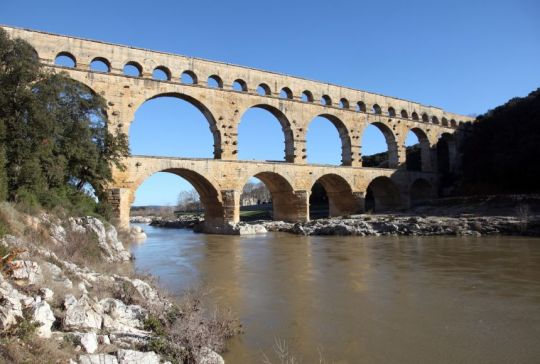
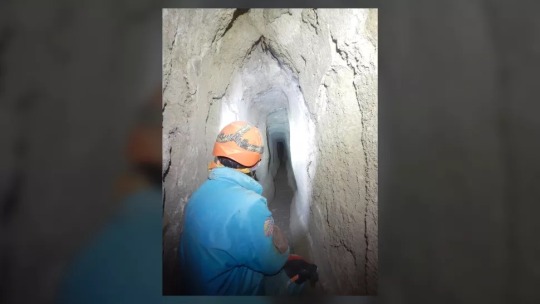



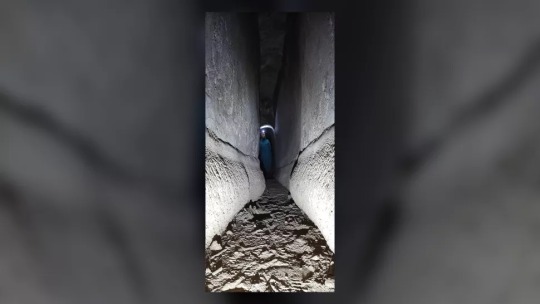

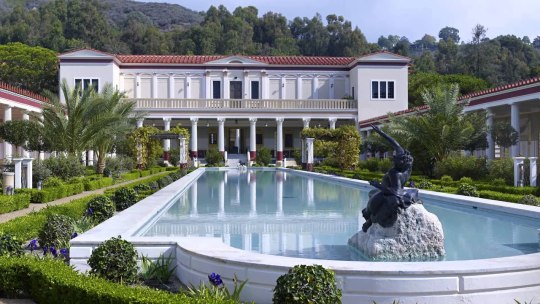
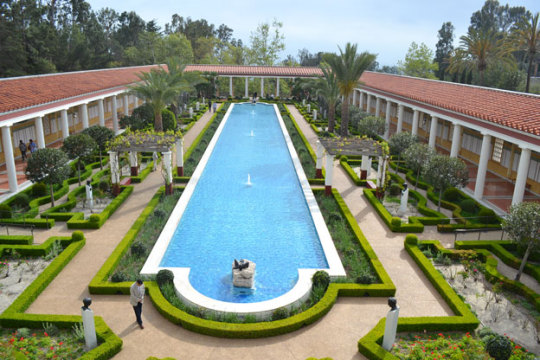
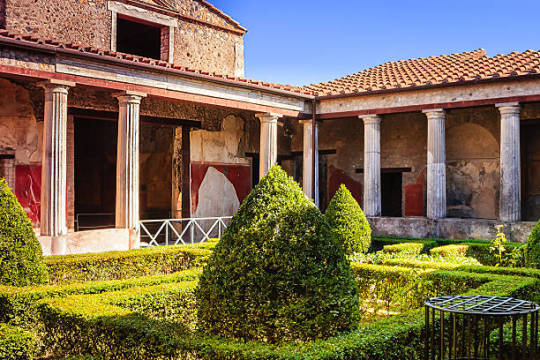
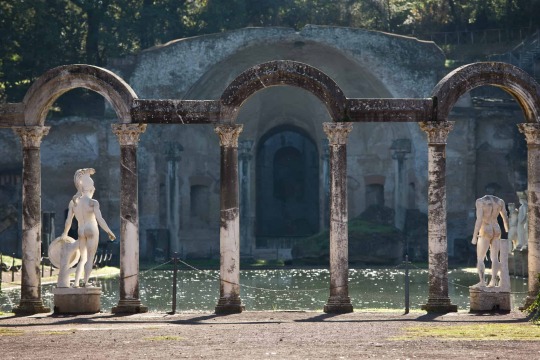
Vast Subterranean Aqueduct in Naples Once 'Served Elite Roman Villas'
Once played in by local children, a vast tunnel that goes through a hill in Naples, Italy, is actually a Roman aqueduct.
Forty years ago, when children in Naples were playing in caves and tunnels under the hill of Posillipo in Italy, they didn't know their playground was actually a Roman aqueduct. When they shared their memories with archaeological authorities recently, it kicked off an exploration of one of the longest, most mysterious examples of ancient water infrastructure in the Roman world.
Rome's famous aqueducts supplied water for baths, drinking, public fountains and more. Built during a period of about half a millennium (roughly 300 B.C. to A.D. 200), aqueducts around the former Roman Empire are highly recognizable today thanks to their multitiered arched structure. But this marvel of ancient architecture represents only a small fraction of the actual water system; the vast majority of the infrastructure is still underground.
Outside of Rome, subterranean aqueducts and their paths are much less understood. This knowledge gap included the newly investigated Aqua Augusta (opens in new tab), also called the Serino aqueduct, which was built between 30 B.C. and 20 B.C. to connect luxury villas and suburban outposts in the Bay of Naples. Circling Naples and running down to the ancient vacation destination of Pompeii, the Aqua Augusta is known to have covered at least 87 miles (140 kilometers), bringing water to people all along the coast as well as inland.
But the complex Aqua Augusta has barely been explored by researchers, making it the least-documented aqueduct in the Roman world. New discoveries earlier this month by the Cocceius Association (opens in new tab), a nonprofit group that engages in speleo-archaeological work, are bringing this fascinating aqueduct to light.
Thanks to reports from locals who used to explore the tunnels as kids, association members found a branch of the aqueduct that carried drinking water to the hill of Posillipo and to the crescent-shaped island of Nisida (opens in new tab). So far, around 2,100 feet (650 meters) of the excellently preserved aqueduct has been found, making it the longest known segment of the Aqua Augusta.
Graziano Ferrari (opens in new tab), president of the Cocceius Association, said in an email that "the Augusta channel runs quite near to the surface, so the inner air is good, and strong breezes often run in the passages." Exploring the aqueduct requires considerable caving experience, though. Speleologists' most difficult challenge in exploring the tunnel was to circumvent the tangle of thorns at one entrance.
"Luckily, the caving suits are quite thornproof," he said. "After succeeding in entering the channel, we met normal caving challenges — some sections where you have to crawl on all fours or squeeze through."
In a new report (opens in new tab), Ferrari and Cocceius Association Vice President Raffaella Lamagna (opens in new tab) list several scientific studies that can be done now that this stretch of aqueduct has been found. Specifically, they will be able to calculate the ancient water flow with high precision, to learn more about the eruptive sequences that formed the hill of Posillipo, and to study the mineral deposits on the walls of the aqueduct.
Rabun Taylor (opens in new tab), a professor of classics at the University of Texas at Austin who was not involved in the report, said in an email that the newly discovered aqueduct section is interesting because it is "actually a byway that served elite Roman villas, not a city. Multiple demands on this single water source stretched it very thin, requiring careful maintenance and strict rationing."
Taylor, an expert on Roman aqueducts, also said the new find "may be able to tell us a lot about the local climate over hundreds of years when the water was flowing." This insight is possible thanks to a thick deposit of lime, a calcium-rich mineral that "accumulates annually like tree rings and can be analyzed isotopically as a proxy for temperature and rainfall," he explained.
Ferrari, Lamagna and other members of the Cocceius Association plan to analyze the construction of the aqueduct as well, to determine the methods used and the presence of water control structures. "We believe that there are ample prospects for defining a research and exploration plan for this important discovery, which adds a significant element to the knowledge of the ancient population" living in the Bay of Naples, they wrote in the report.
By Kristina Killgrove.
#Vast Subterranean Aqueduct in Naples Once 'Served Elite Roman Villas'#posillipo italy#roman aqueduct#aqua augusta#serino aqueduct#bay of naples#pompeii#archeology#archeolgst#ancient artifacts#history#history news#ancient history#ancient culture#ancient civilizations#ancient rome#roman empire#roman history
40 notes
·
View notes
Text
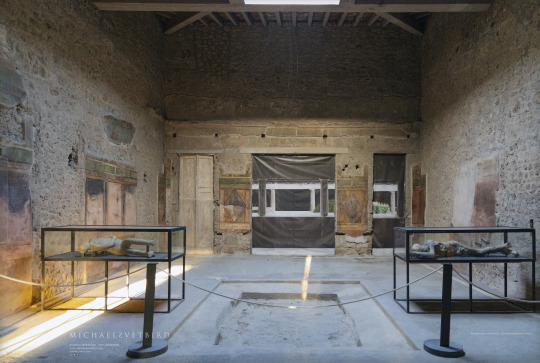
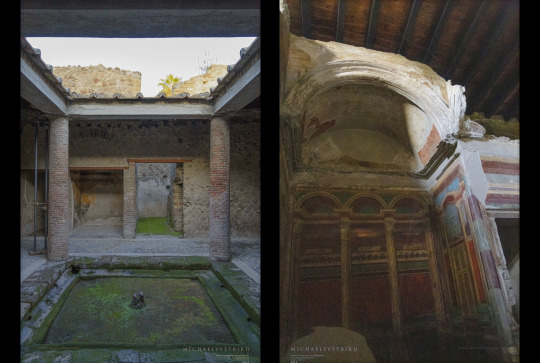
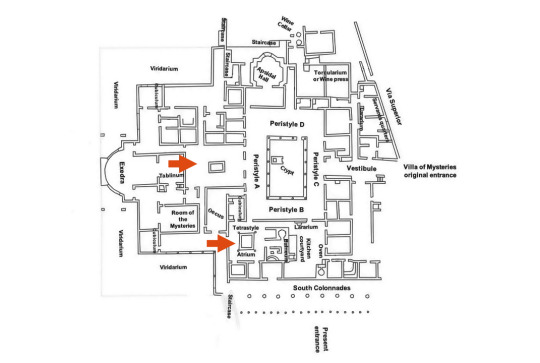
ATRIUMS | Villa dei Misteri | Villa of the Mysteries:
Pompei Scavi, Pompeii, Regio VI.
http://pompeiisites.org/en/archaeological-site/villa-of-the-mysteries
Parco Archeologico di Pompei | PAP
Web : http://pompeiisites.org/en
FB : https://www.facebook.com/pompeiiparcoarcheologico
IG : @pompeii_parco_archeologico
TW : @pompeii_sites
PAP | Michael Svetbird phs©msp | 10-11|2022 6100X4100|6200X4100
[non commercial use | sorry for the watermarks]
.
#pompeii#pompei#pompéi#pompeiscavi#scavi#archaeologicalpark#parcoarcheologico#archaeological site#villa of the mysteries#villa dei misteri#villa#romanvilla#bay of naples#ancient pompeii#pompeii ruins#ancient architecture#architectonic#archaeology#archeologia#ancient history#excavations#antiquity#heritage#ancient#museology#ancientcivilization#photography#museum photography#archaeologyphotography#michaelsvetbird
8 notes
·
View notes
Text

Tuna Fishing in the Bay of Naples by Moonlight by Christian Frederik Ferdinand Thøming
#christian frederik ferdinand thøming#art#fishing#fish#tuna#bay of naples#vesuvius#mount vesuvius#volcano#volcanoes#eruption#eruptions#boat#sea#mediterranean#southern italy#italy#europe#european#moon#full moon#moonlight#moonlit
90 notes
·
View notes
Text

Bay of Naples, Italy.
March 15, 2024
#Naples#Napoli#travel#cityscape#Italy#Italia#original photography#photographers on tumblr#photography#lensblr#urbanexploration#city photography#bay of naples#iphonography#wanderingjana
25 notes
·
View notes
Text

💙 Via Tribunali, Napoli.
102 notes
·
View notes
Photo

Eruption of Vesuvius in the Bay of Naples in 1822, by Neapolitan school of the 19th century
70 notes
·
View notes